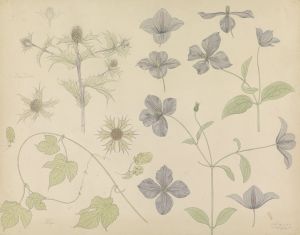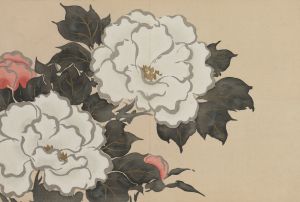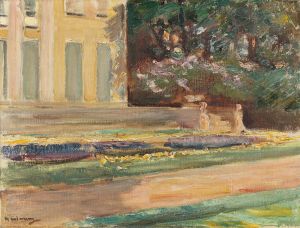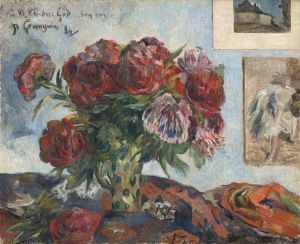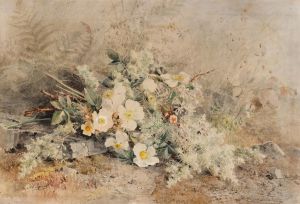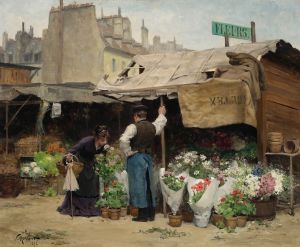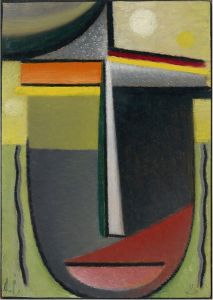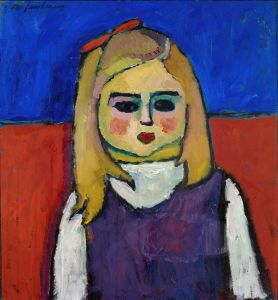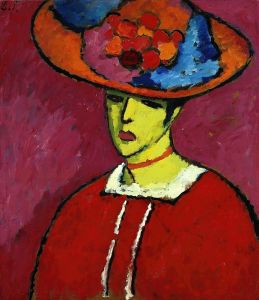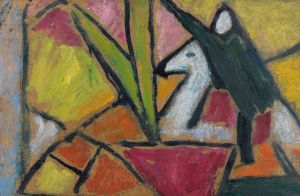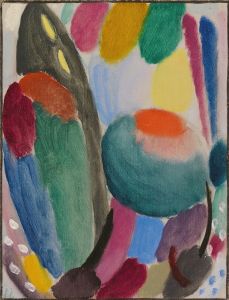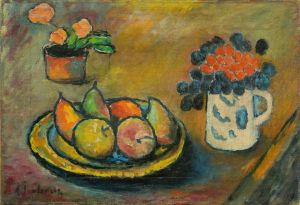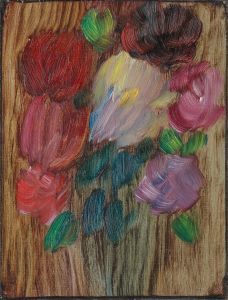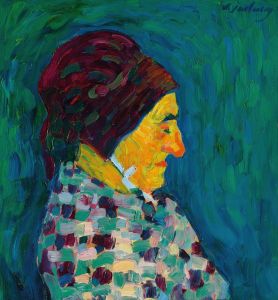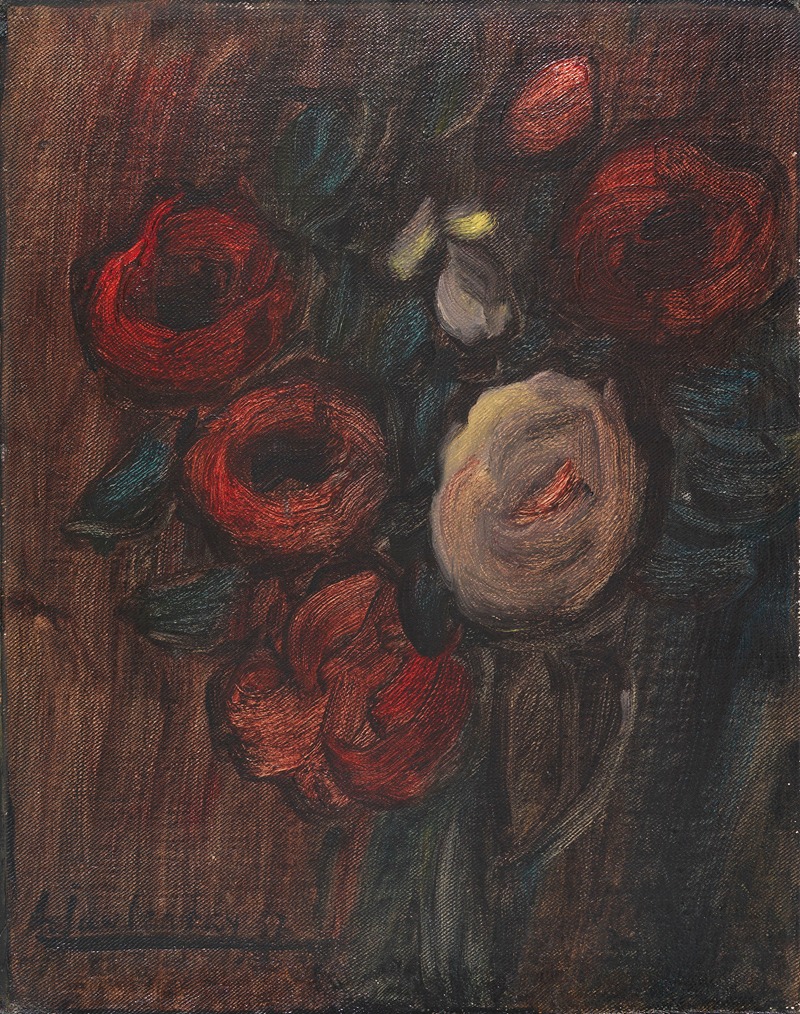
Grosses Stillleben; Grüner Krug mit Pfingstrosen
A hand-painted replica of Alexej von Jawlensky’s masterpiece Grosses Stillleben; Grüner Krug mit Pfingstrosen, meticulously crafted by professional artists to capture the true essence of the original. Each piece is created with museum-quality canvas and rare mineral pigments, carefully painted by experienced artists with delicate brushstrokes and rich, layered colors to perfectly recreate the texture of the original artwork. Unlike machine-printed reproductions, this hand-painted version brings the painting to life, infused with the artist’s emotions and skill in every stroke. Whether for personal collection or home decoration, it instantly elevates the artistic atmosphere of any space.
Alexej von Jawlensky was a Russian expressionist painter, known for his vivid use of color and bold compositions. One of his works, "Grosses Stillleben; Grüner Krug mit Pfingstrosen" (translated as "Large Still Life; Green Jug with Peonies"), exemplifies his unique approach to still life painting, a genre he explored alongside his more famous portraits and abstract works.
Jawlensky was born in 1864 in Torzhok, Russia, and initially pursued a military career before dedicating himself to art. He moved to Munich in 1896, where he became associated with the avant-garde art movements of the time. His work was influenced by his interactions with other artists, including Wassily Kandinsky, with whom he co-founded the Neue Künstlervereinigung München (New Artists' Association of Munich) in 1909, and later the Blaue Reiter (Blue Rider) group in 1911.
"Grosses Stillleben; Grüner Krug mit Pfingstrosen" is a testament to Jawlensky's ability to infuse traditional subjects with a modernist sensibility. The painting features a green jug filled with peonies, a subject that allows Jawlensky to explore the interplay of color and form. The choice of peonies, known for their lush and vibrant blooms, provides a rich palette for the artist to work with. Jawlensky's use of color is expressive and emotive, with bold contrasts that bring the still life to life.
The composition of the painting is carefully balanced, with the green jug serving as a central focal point. The jug's color contrasts with the warm tones of the peonies, creating a dynamic visual tension. Jawlensky's brushwork is confident and expressive, with visible strokes that add texture and depth to the painting. This approach reflects the influence of Fauvism and other modernist movements that emphasized color and form over realistic representation.
Jawlensky's still lifes, including "Grosses Stillleben; Grüner Krug mit Pfingstrosen," are less well-known than his portraits, but they offer valuable insights into his artistic development. These works demonstrate his interest in exploring the emotional and spiritual potential of color, a theme that runs throughout his oeuvre. In his still lifes, Jawlensky was able to experiment with compositional techniques and color theory, which would later inform his more abstract works.
Throughout his career, Jawlensky faced numerous challenges, including the upheaval of World War I and the subsequent political and social changes in Europe. Despite these difficulties, he continued to paint and exhibit his work, gaining recognition for his contributions to modern art. His still lifes, while not as frequently exhibited as his other works, remain an important part of his artistic legacy.
In summary, "Grosses Stillleben; Grüner Krug mit Pfingstrosen" by Alexej von Jawlensky is a striking example of his still life painting. Through his use of bold colors and expressive brushwork, Jawlensky transforms a traditional subject into a vibrant and modern composition. This painting reflects his broader artistic goals of exploring the emotional power of color and form, and it stands as a testament to his innovative spirit and enduring influence in the world of art.





